Full text
PDF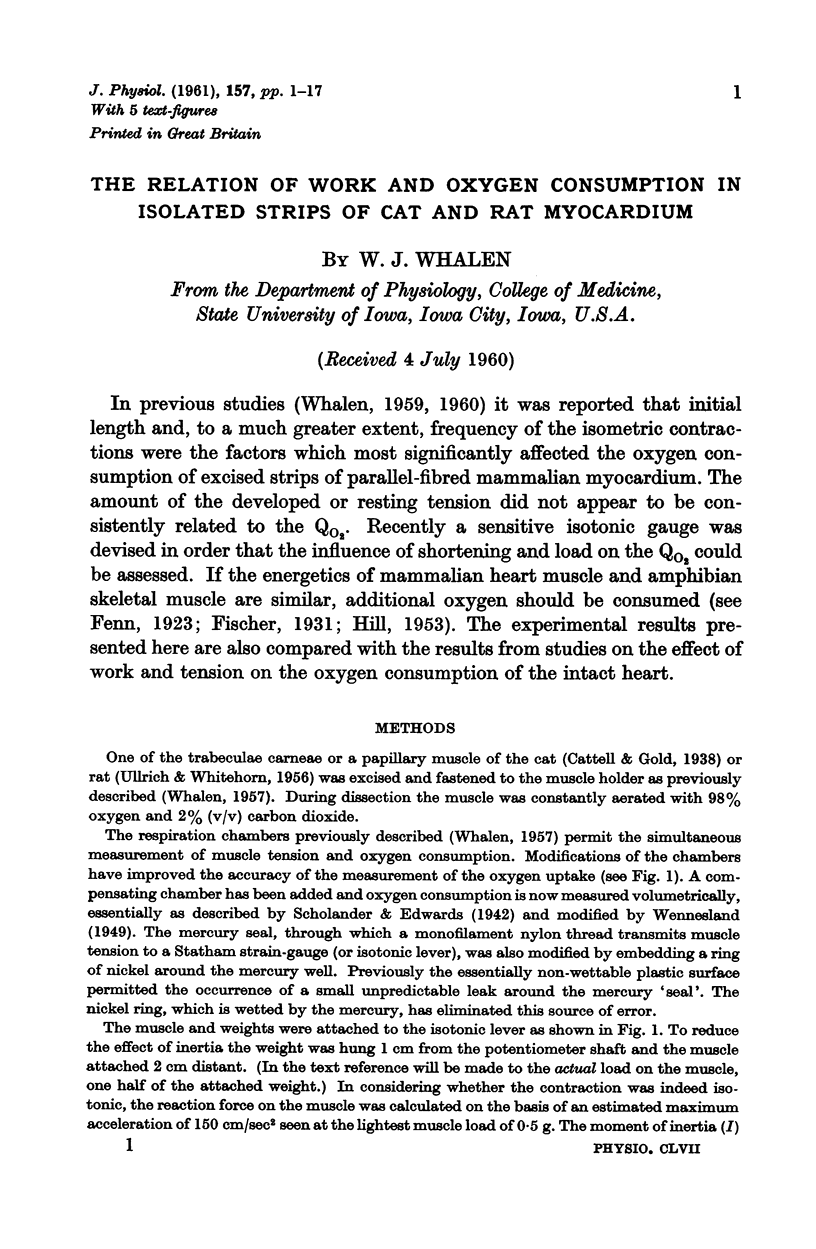
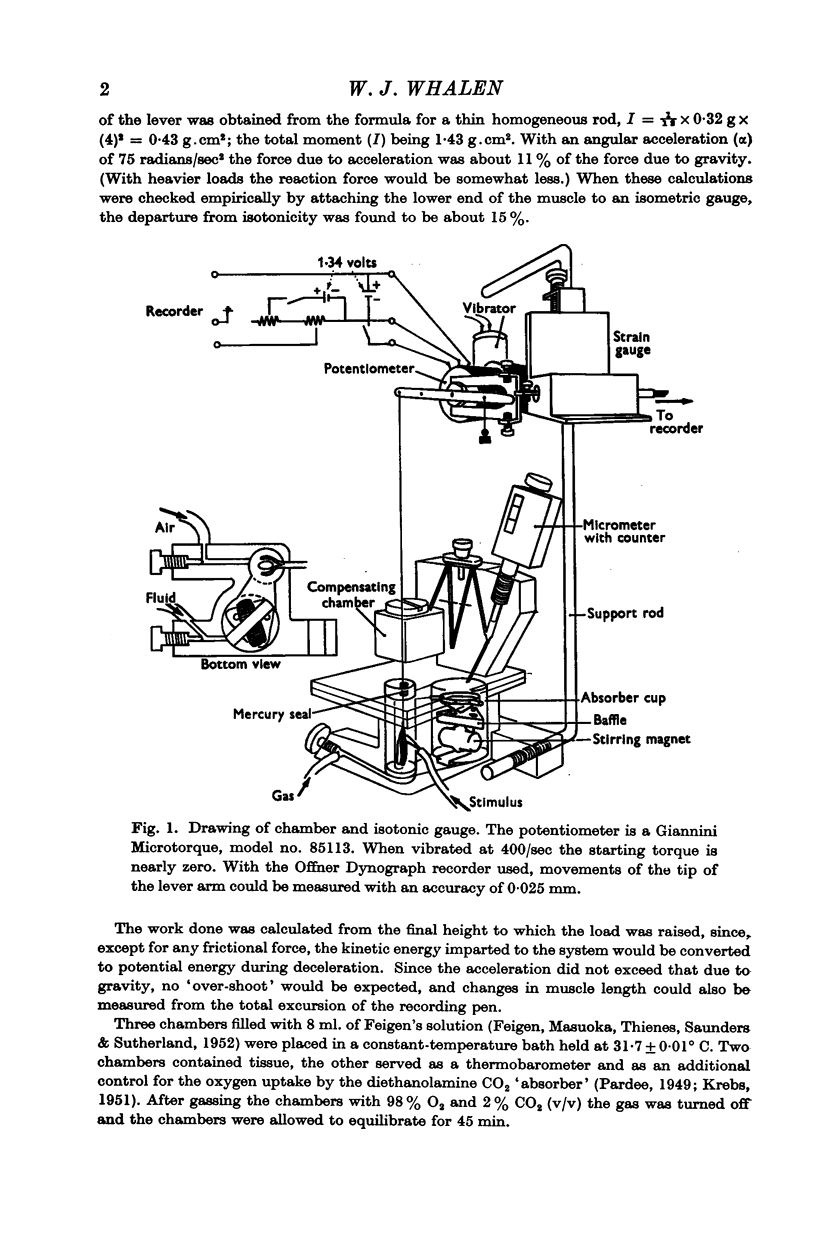
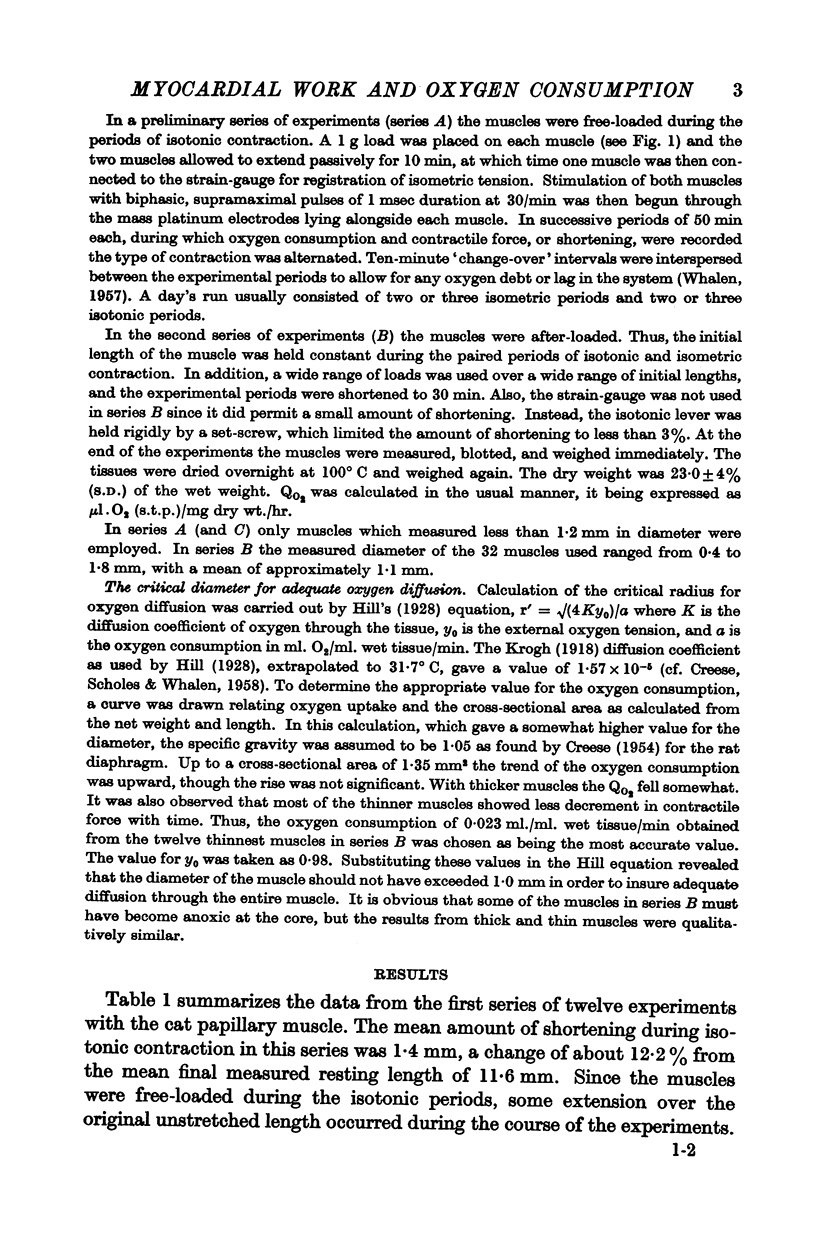
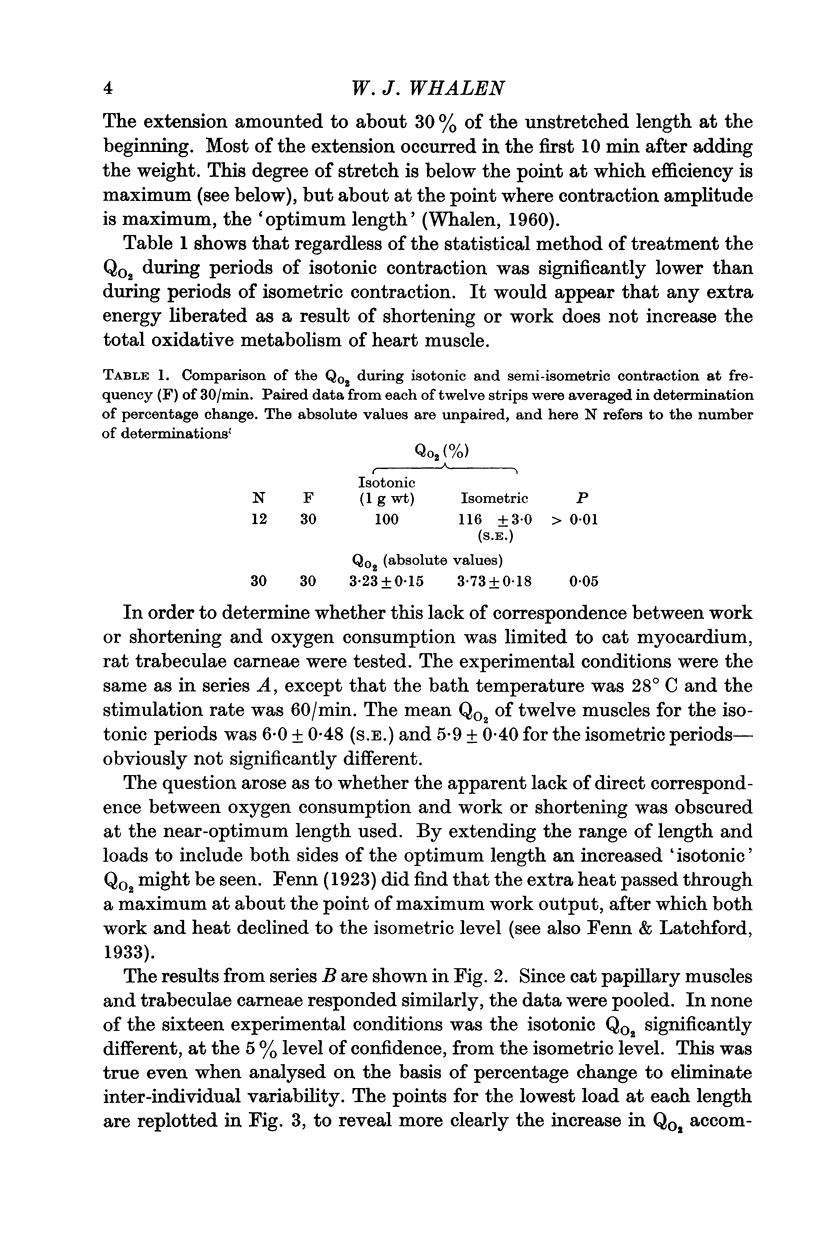
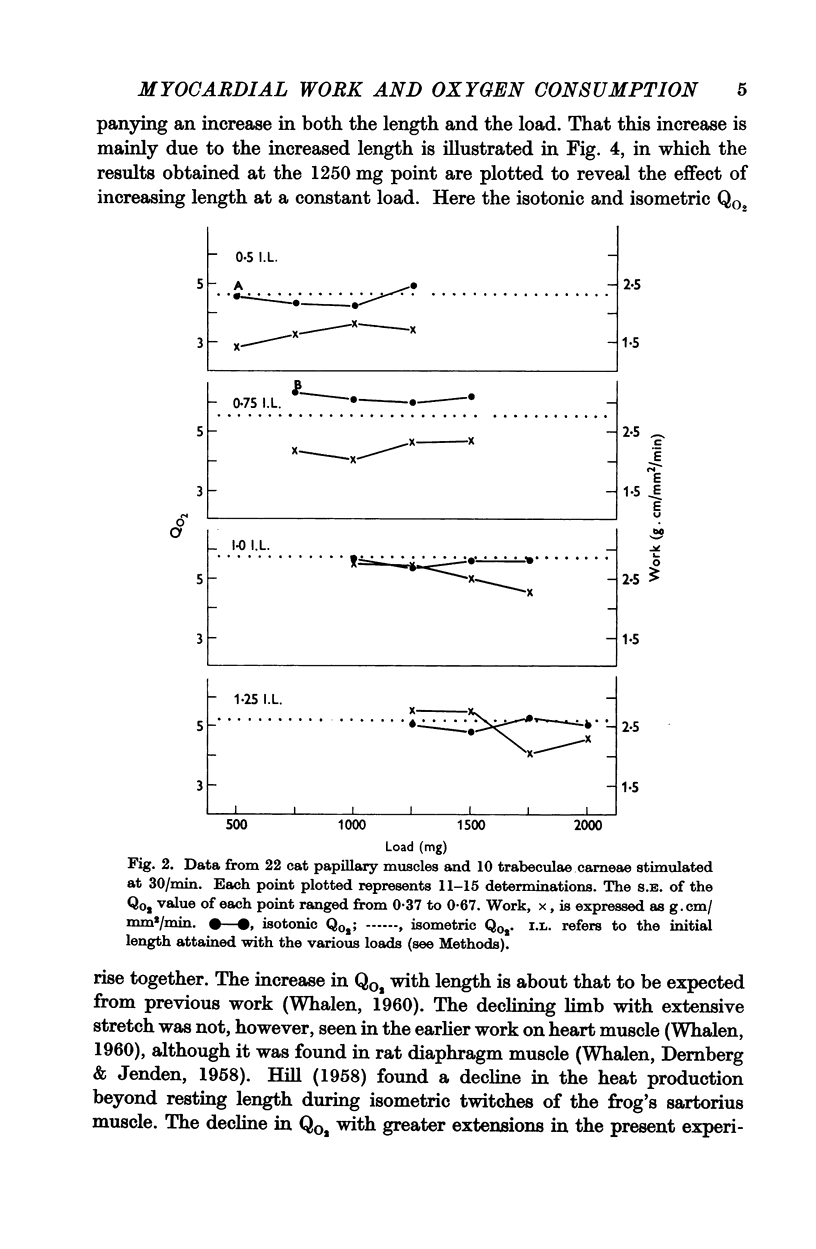
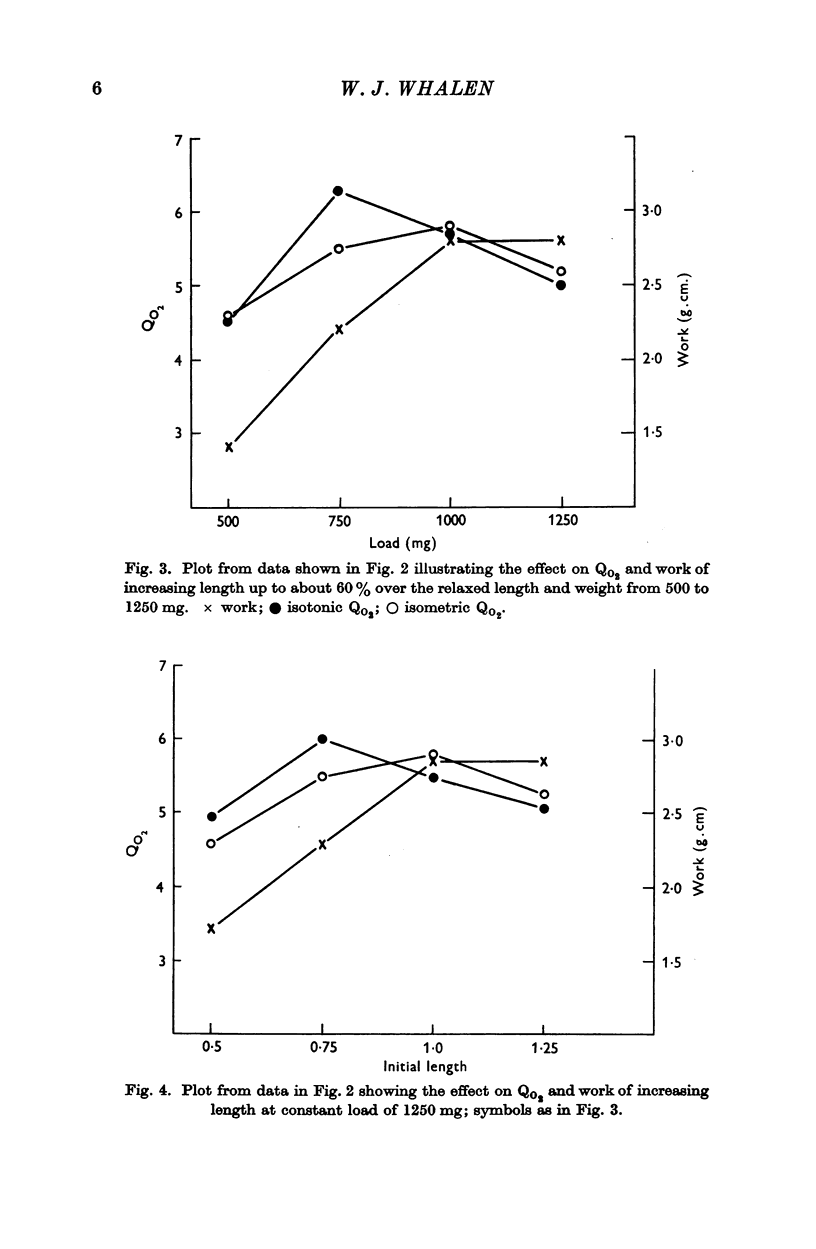
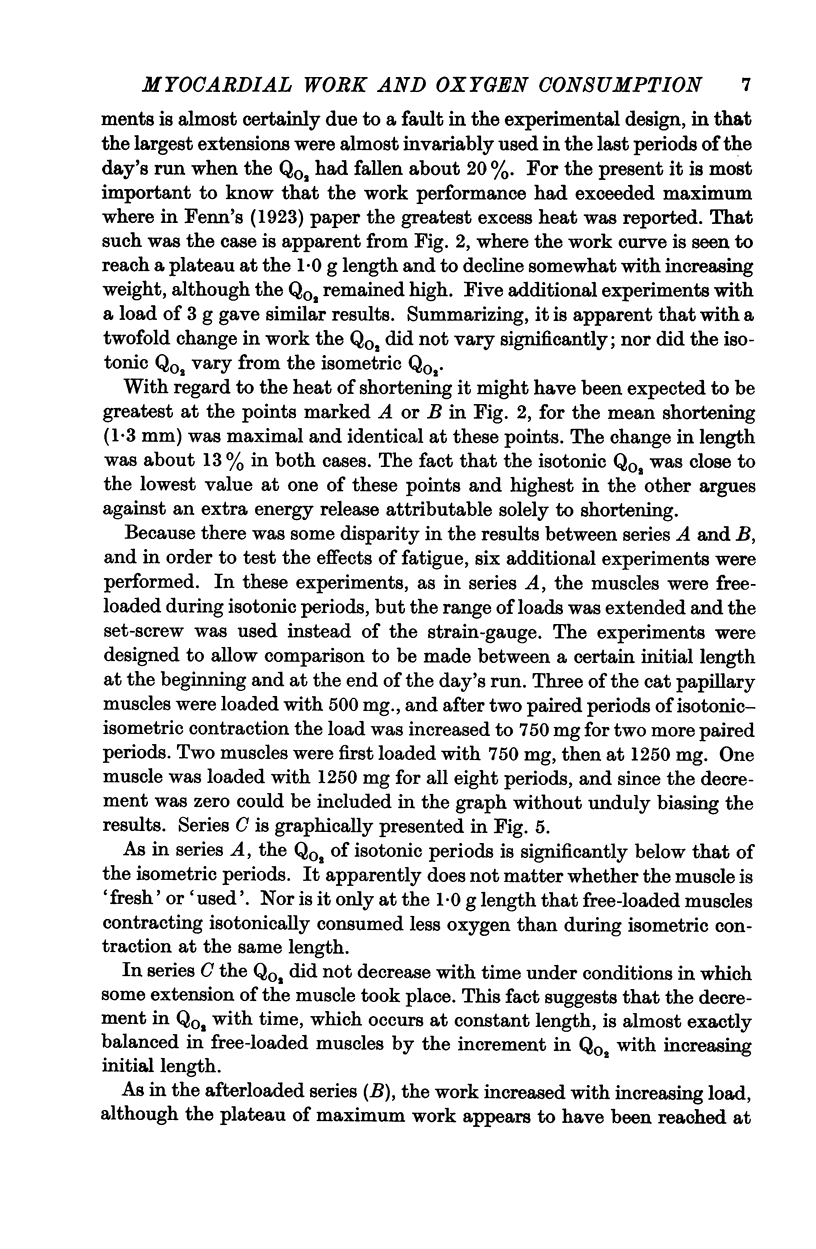
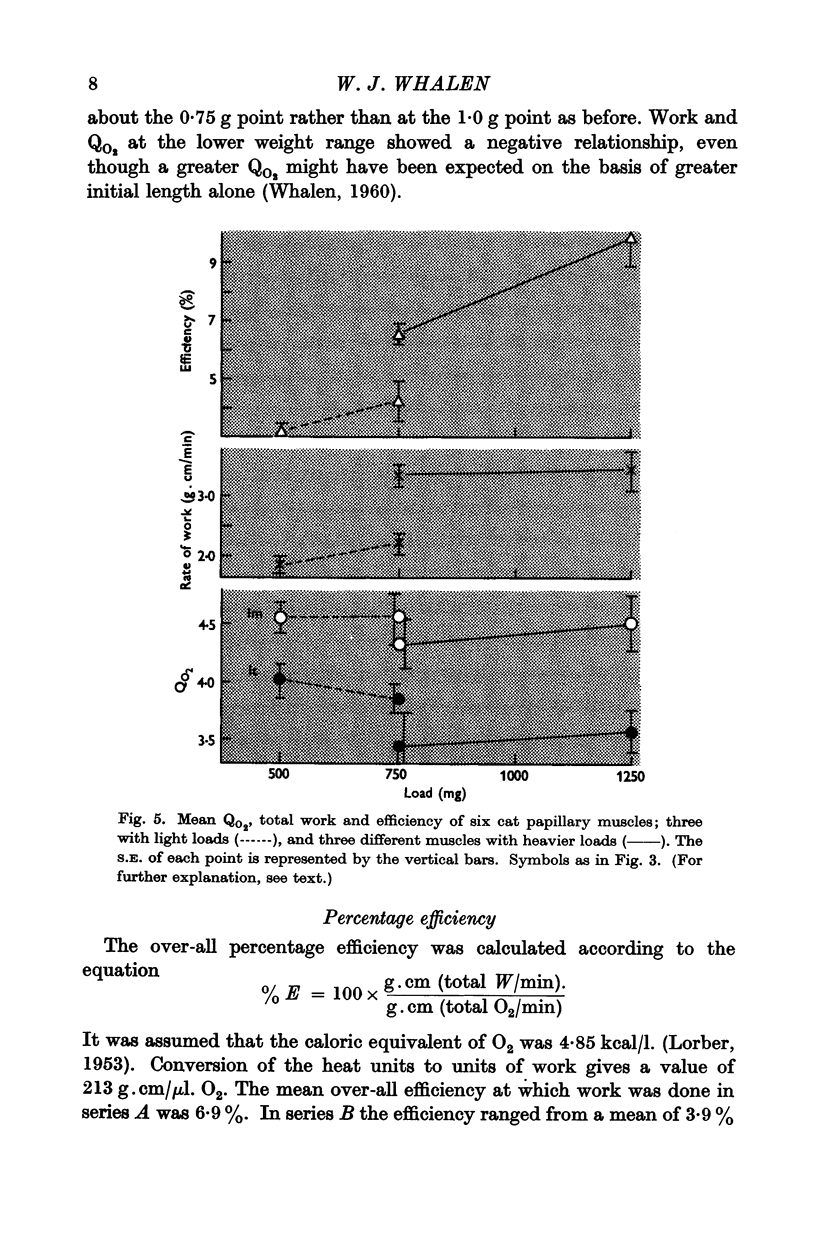
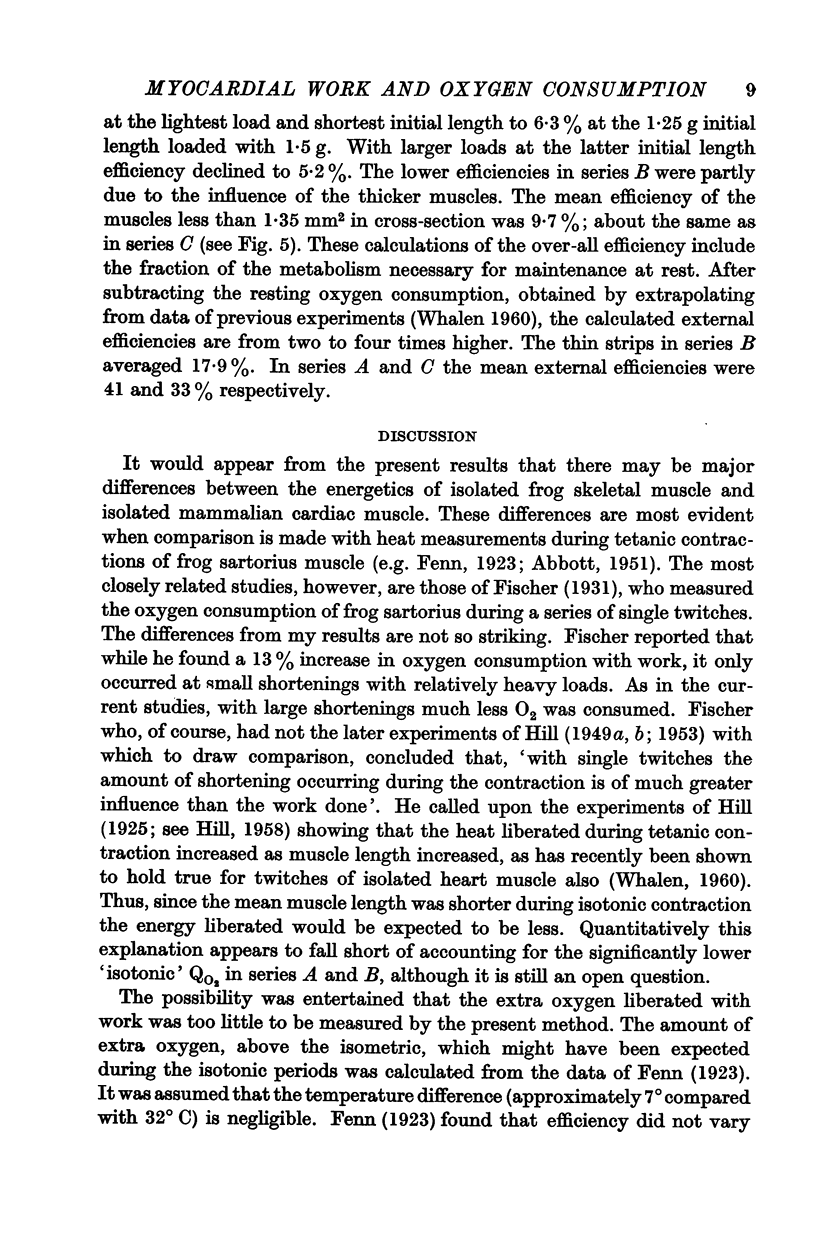

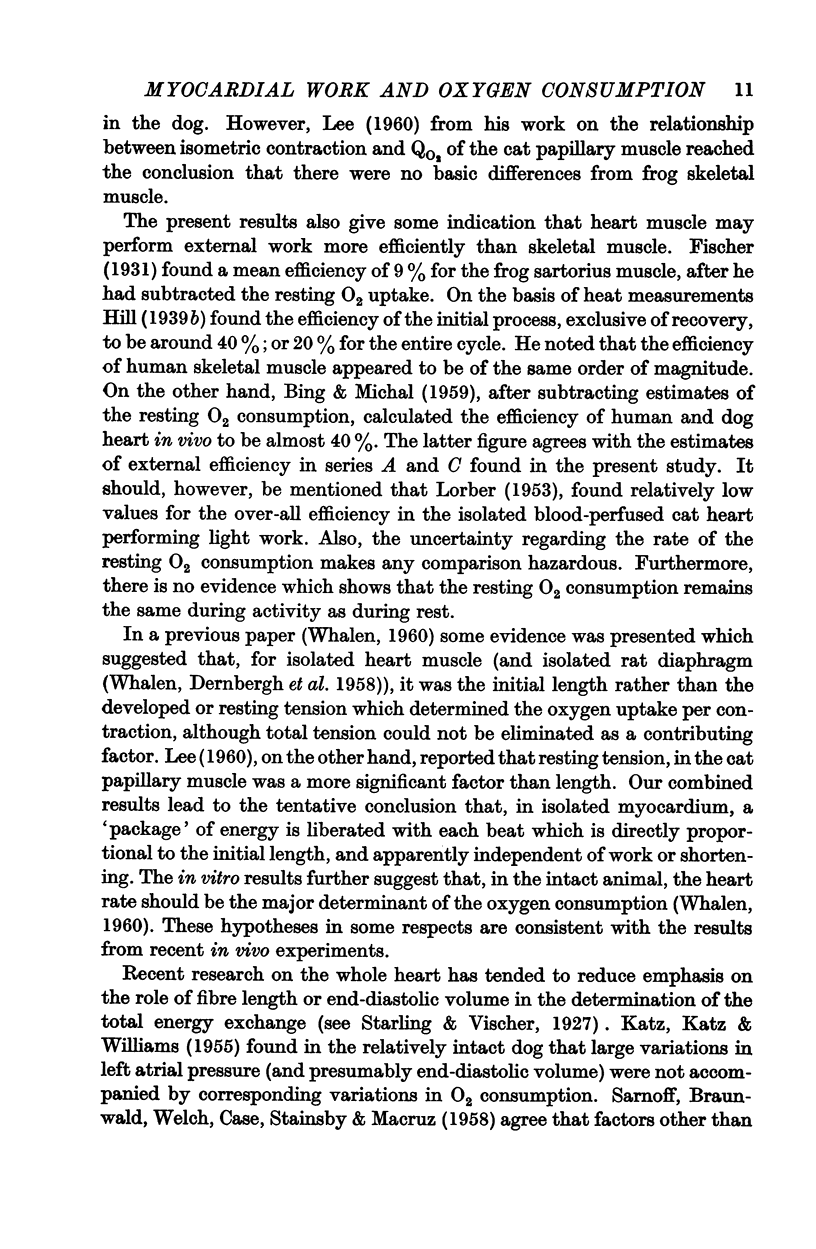
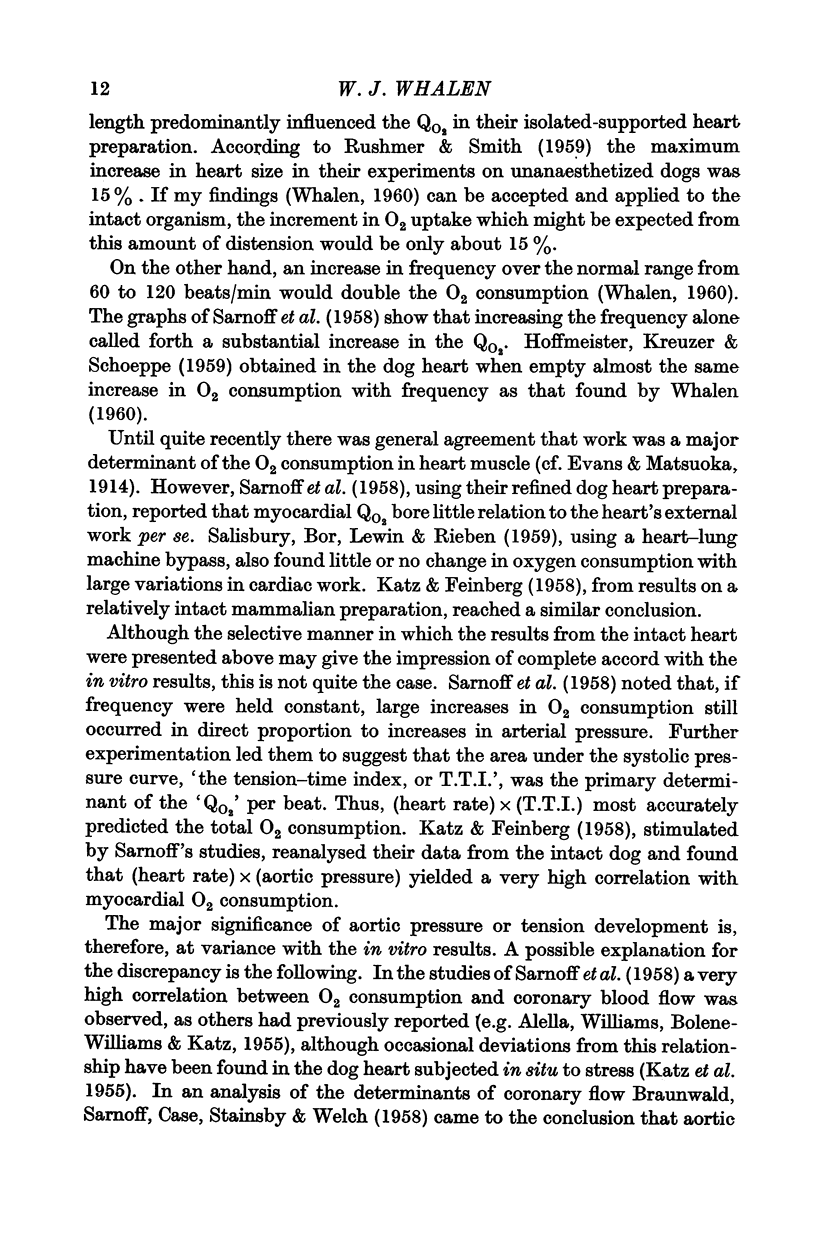
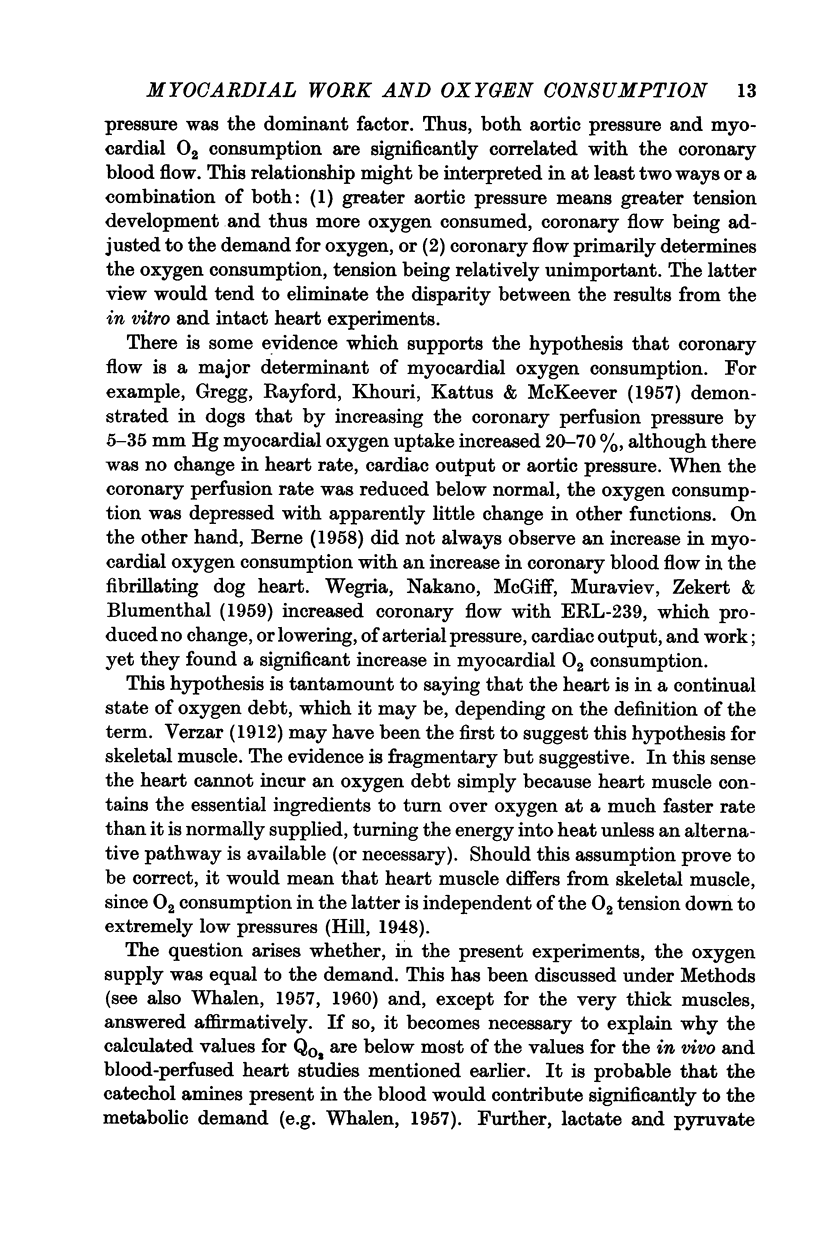
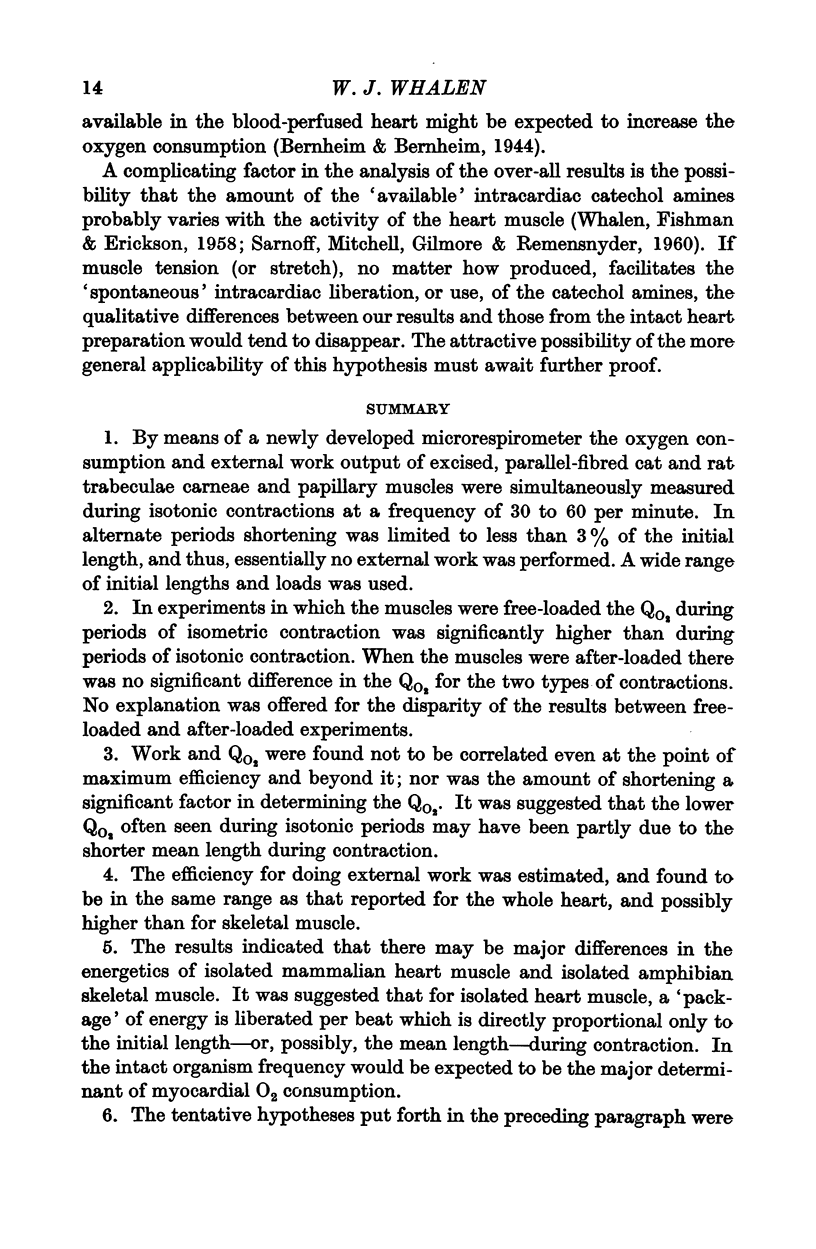
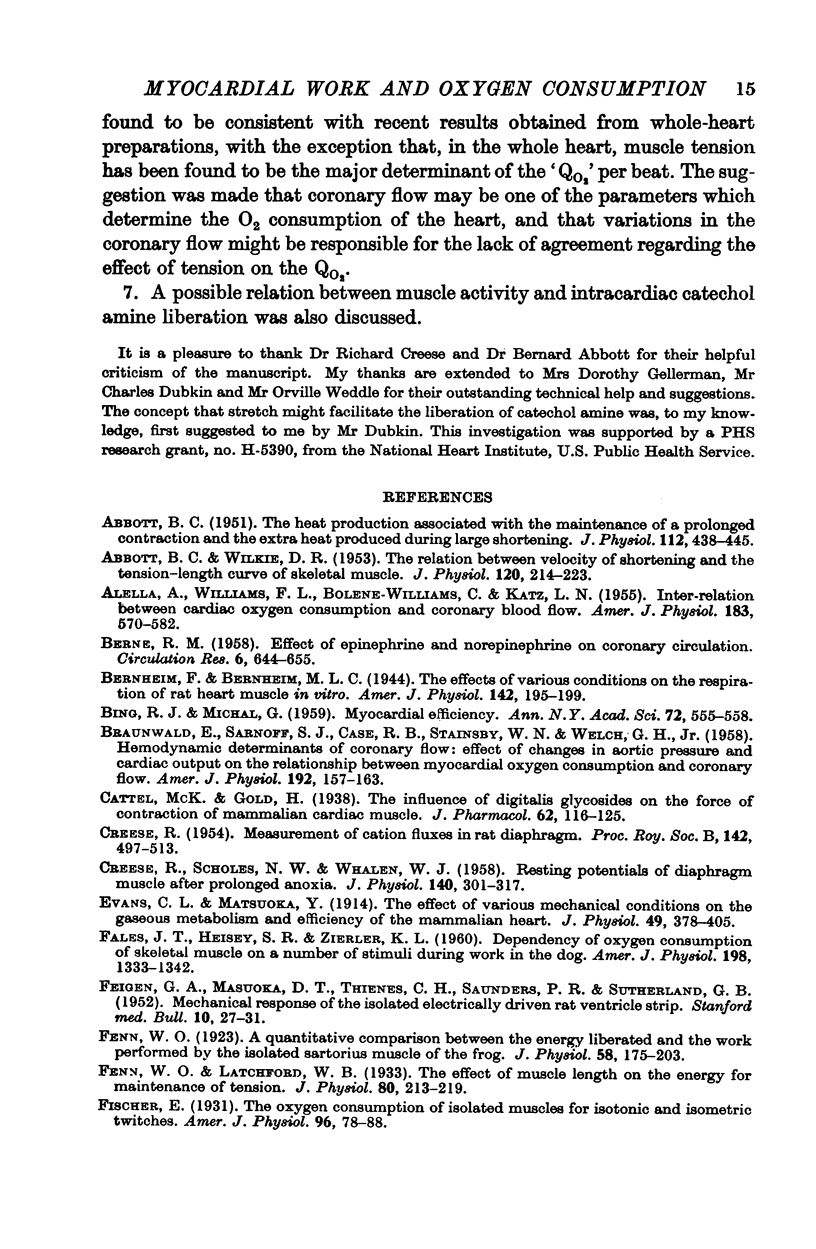
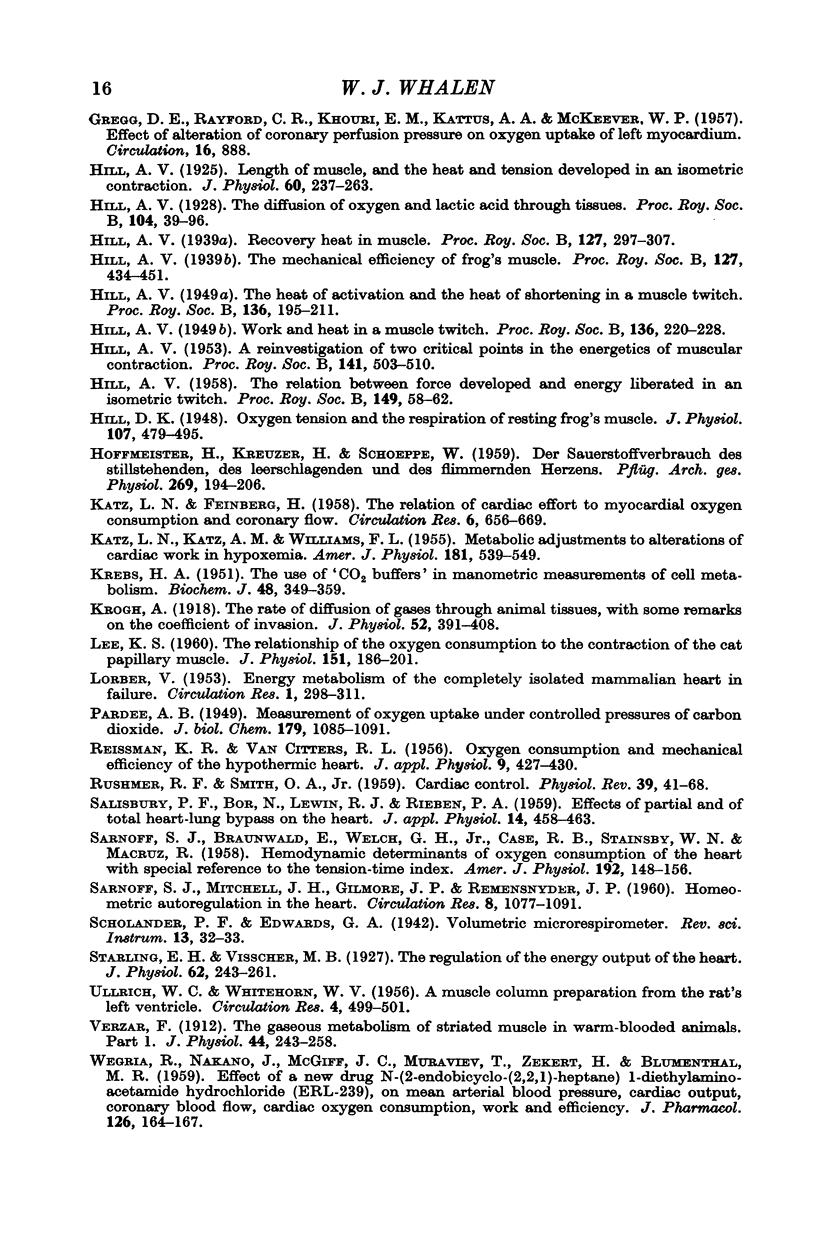
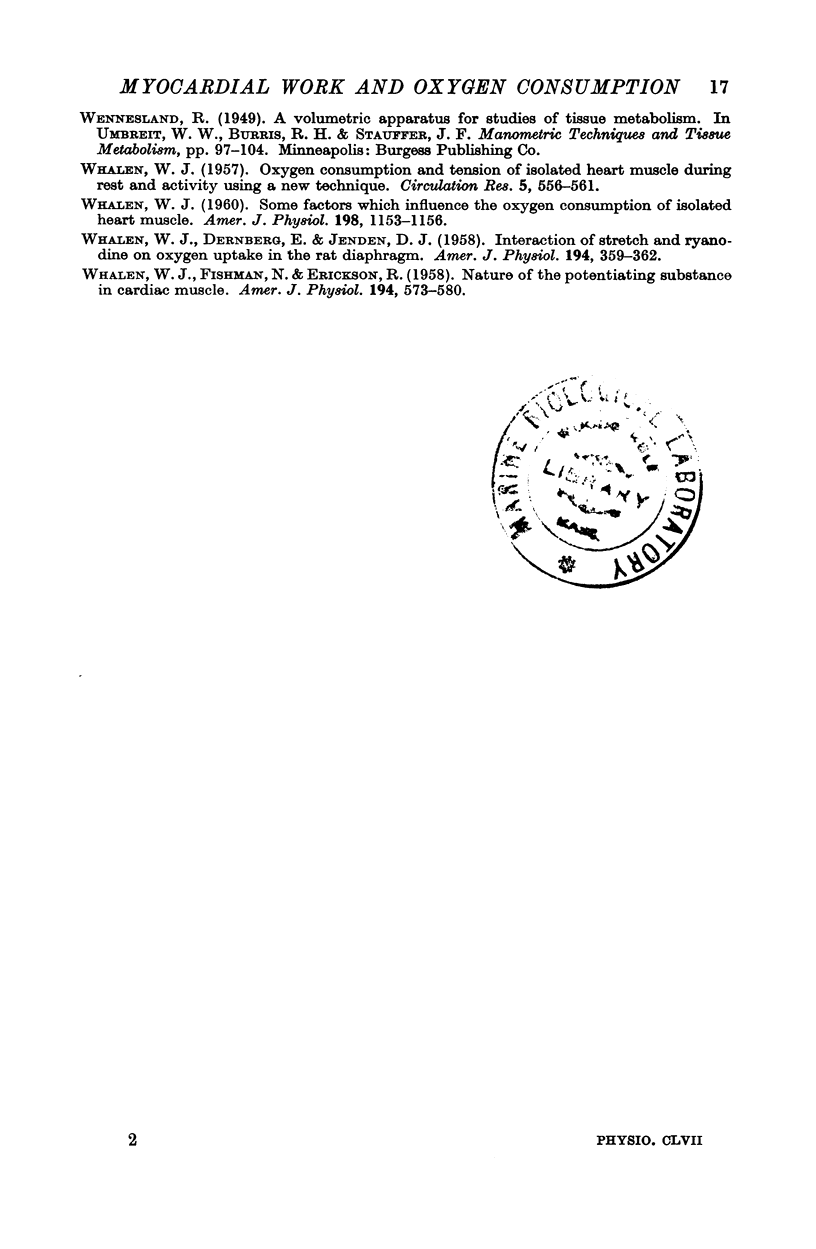
Selected References
These references are in PubMed. This may not be the complete list of references from this article.
- ABBOTT B. C. The heat production associated with the maintenance of a prolonged contraction and the extra heat produced during large shortening. J Physiol. 1951 Feb;112(3-4):438–445. doi: 10.1113/jphysiol.1951.sp004541. [DOI] [PMC free article] [PubMed] [Google Scholar]
- ABBOTT B. C., WILKIE D. R. The relation between velocity of shortening and the tension-length curve of skeletal muscle. J Physiol. 1953 Apr 28;120(1-2):214–223. doi: 10.1113/jphysiol.1953.sp004886. [DOI] [PMC free article] [PubMed] [Google Scholar]
- ALELLA A., WILLIAMS F. L., BOLENE-WILLIAMS C., KATZ L. N. Interrelation between cardiac oxygen consumption and coronary blood flow. Am J Physiol. 1955 Dec;183(3):570–582. doi: 10.1152/ajplegacy.1955.183.3.570. [DOI] [PubMed] [Google Scholar]
- BERNE R. M. Effect of epinephrine and norepinephrine on coronary circulation. Circ Res. 1958 Sep;6(5):644–655. doi: 10.1161/01.res.6.5.644. [DOI] [PubMed] [Google Scholar]
- BING R. J., MICHAL G. Myocardial efficiency. Ann N Y Acad Sci. 1959 Feb 6;72(12):555–558. doi: 10.1111/j.1749-6632.1959.tb44182.x. [DOI] [PubMed] [Google Scholar]
- BRAUNWALD E., SARNOFF S. J., CASE R. B., STAINSBY W. N., WELCH G. H., Jr Hemodynamic determinants of coronary flow: effect of changes in aortic pressure and cardiac output on the relationship between myocardial oxygen consumption and coronary flow. Am J Physiol. 1958 Jan;192(1):157–163. doi: 10.1152/ajplegacy.1957.192.1.157. [DOI] [PubMed] [Google Scholar]
- CREESE R. Measurement of cation fluxes in rat diaphragm. Proc R Soc Lond B Biol Sci. 1954 Sep 27;142(909):497–513. doi: 10.1098/rspb.1954.0039. [DOI] [PubMed] [Google Scholar]
- CREESE R., SCHOLES N. W., WHALEN W. J. Resting potentials of diaphragm muscle after prolonged anoxia. J Physiol. 1958 Feb 17;140(2):301–317. doi: 10.1113/jphysiol.1958.sp005935. [DOI] [PMC free article] [PubMed] [Google Scholar]
- Evans C. L., Matsuoka Y. The effect of various mechanical conditions on the gaseous metabolism and efficiency of the mammalian heart. J Physiol. 1915 Jul 5;49(5):378–405. doi: 10.1113/jphysiol.1915.sp001716. [DOI] [PMC free article] [PubMed] [Google Scholar]
- FEIGEN G. A., MASUOKA D. T., THIENES C. H., SAUNDERS P. R., SUTHERLAND G. B. Mechanical response of the isolated electrically driven rat ventricle strip. I. Preparation and standardization. Stanford Med Bull. 1952 Feb;10(1):27–31. [PubMed] [Google Scholar]
- Fenn W. O. A quantitative comparison between the energy liberated and the work performed by the isolated sartorius muscle of the frog. J Physiol. 1923 Dec 28;58(2-3):175–203. doi: 10.1113/jphysiol.1923.sp002115. [DOI] [PMC free article] [PubMed] [Google Scholar]
- Fenn W. O., Latchford W. B. The effect of muscle length on the energy for maintenance of tension. J Physiol. 1933 Dec 5;80(2):213–219. doi: 10.1113/jphysiol.1933.sp003084. [DOI] [PMC free article] [PubMed] [Google Scholar]
- HILL A. V. The relation between force developed and energy liberated in an isometric twitch. Proc R Soc Lond B Biol Sci. 1958 Jul 1;149(934):58–62. doi: 10.1098/rspb.1958.0051. [DOI] [PubMed] [Google Scholar]
- HOFFMEISTER H. E., KREUZER H., SCHOEPPE W. [Oxygen consumption of the resting, empty contracting and fibrillating heart]. Pflugers Arch Gesamte Physiol Menschen Tiere. 1959;269:194–206. [PubMed] [Google Scholar]
- Hill A. V. Length of muscle, and the heat and tension developed in an isometric contraction. J Physiol. 1925 Sep 4;60(4):237–263. doi: 10.1113/jphysiol.1925.sp002242. [DOI] [PMC free article] [PubMed] [Google Scholar]
- Hill D. K. Oxygen tension and the respiration of resting frog's muscle. J Physiol. 1948 Sep 30;107(4):479–495. doi: 10.1113/jphysiol.1948.sp004293. [DOI] [PMC free article] [PubMed] [Google Scholar]
- KATZ L. N., FEINBERG H. The relation of cardiac effort to myocardial oxygen consumption and coronary flow. Circ Res. 1958 Sep;6(5):656–669. doi: 10.1161/01.res.6.5.656. [DOI] [PubMed] [Google Scholar]
- KATZ L. N., KATZ A. M., WILLIAMS F. L. Metabolic adjustments to alterations of cardiac work in hypoxemia. Am J Physiol. 1955 Jun;181(3):539–549. doi: 10.1152/ajplegacy.1955.181.3.539. [DOI] [PubMed] [Google Scholar]
- KREBS H. A. The use of 'CO2 buffers' in manometric measurements of cell metabolism. Biochem J. 1951 Mar;48(3):349–359. doi: 10.1042/bj0480349. [DOI] [PMC free article] [PubMed] [Google Scholar]
- LEE K. S. The relationship of the oxygen consumption to the contraction of the cat papillary muscle. J Physiol. 1960 Apr;151:186–201. [PMC free article] [PubMed] [Google Scholar]
- LORBER V. Energy metabolism of the completely isolated mammalian heart in failure. Circ Res. 1953 Jul;1(4):298–311. doi: 10.1161/01.res.1.4.298. [DOI] [PubMed] [Google Scholar]
- REISSMANN K. R., VAN CITTERS R. L. Oxygen consumption and mechanical efficiency of the hypothermic heart. J Appl Physiol. 1956 Nov;9(3):427–430. doi: 10.1152/jappl.1956.9.3.427. [DOI] [PubMed] [Google Scholar]
- RUSHMER R. F., SMITH O. A., Jr Cardiac control. Physiol Rev. 1959 Jan;39(1):41–68. doi: 10.1152/physrev.1959.39.1.41. [DOI] [PubMed] [Google Scholar]
- SALISBURY P. F., BOR N., LEWIN R. J., RIEBEN P. A. Effects of partial and of total heart-lung bypass on the heart. J Appl Physiol. 1959 May;14(3):458–463. doi: 10.1152/jappl.1959.14.3.458. [DOI] [PubMed] [Google Scholar]
- SARNOFF S. J., BRAUNWALD E., WELCH G. H., Jr, CASE R. B., STAINSBY W. N., MACRUZ R. Hemodynamic determinants of oxygen consumption of the heart with special reference to the tension-time index. Am J Physiol. 1958 Jan;192(1):148–156. doi: 10.1152/ajplegacy.1957.192.1.148. [DOI] [PubMed] [Google Scholar]
- SARNOFF S. J., MITCHELL J. H., GILMORE J. P., REMENSNYDER J. P. Homeometric autoregulation in the heart. Circ Res. 1960 Sep;8:1077–1091. doi: 10.1161/01.res.8.5.1077. [DOI] [PubMed] [Google Scholar]
- Starling E. H., Visscher M. B. The regulation of the energy output of the heart. J Physiol. 1927 Jan 12;62(3):243–261. doi: 10.1113/jphysiol.1927.sp002355. [DOI] [PMC free article] [PubMed] [Google Scholar]
- Verzár F. The gaseous metabolism of striated muscle in warm-blooded animals: Part I. J Physiol. 1912 Jun 12;44(4):243–258. doi: 10.1113/jphysiol.1912.sp001514. [DOI] [PMC free article] [PubMed] [Google Scholar]
- WEGRIA R., NAKANO J., McGIFF J. C., MURAVIEV T., ZEKERT H., BLUMENTHAL M. R. Effect of a new drug, N-(2-endobicyclo-(2,2,1)-heptane)-diethylaminoacetamide hydrochloride (ERL-239), on mean arterial blood pressure, cardiac output, coronary blood flow, cardiac oxygen consumption, work and efficiency. J Pharmacol Exp Ther. 1959 Jun;126(2):164–167. [PubMed] [Google Scholar]
- WHALEN W. J., DERNBERG E., JENDEN D. J. Interaction of stretch and ryanodine on oxygen uptake in the rat diaphragm. Am J Physiol. 1958 Aug;194(2):359–362. doi: 10.1152/ajplegacy.1958.194.2.359. [DOI] [PubMed] [Google Scholar]
- WHALEN W. J., FISHMAN N., ERICKSON R. Nature of the potentiating substance in cardiac muscle. Am J Physiol. 1958 Sep;194(3):573–580. doi: 10.1152/ajplegacy.1958.194.3.573. [DOI] [PubMed] [Google Scholar]
- WHALEN W. J. Oxygen consumption and tension of isolated heart muscle during rest and activity using a new technic. Circ Res. 1957 Sep;5(5):556–561. doi: 10.1161/01.res.5.5.556. [DOI] [PubMed] [Google Scholar]
- WHALEN W. J. Some factors influencing O2 consumption of isolated heart muscle. Am J Physiol. 1960 Jun;198:1153–1156. doi: 10.1152/ajplegacy.1960.198.6.1153. [DOI] [PubMed] [Google Scholar]


